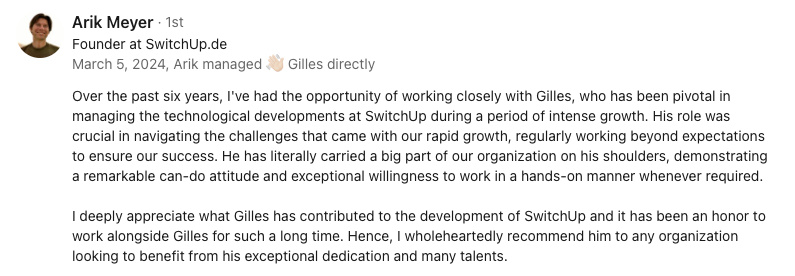Abstract:
The shift towards remote work has not only altered where we perform our jobs but also how enterprises approach technology to support their distributed teams. This article explores the latest advancements in remote work technologies that are shaping the future of work. From sophisticated collaboration platforms and virtual office solutions to enhanced cybersecurity measures for protecting remote operations, we highlight how these tools are enabling businesses to maintain productivity, foster teamwork, and ensure data security in a remote setting. As companies navigate this transition, understanding and adopting these technologies becomes crucial for staying competitive in the modern work environment. The focus is not just on enabling remote work but optimizing it to create seamless workflows and communication channels across global teams.
Navigating the New Era of Remote Work TechThe shift towards remote work has not only changed the scenery of our home offices but also transformed the approach businesses take towards technology. The landscape is now filled with advanced tools and platforms designed to support distributed teams across the globe. This article sheds light on the latest advancements in remote work technologies, focusing on how they are shaping the future of work. From sophisticated collaboration platforms to virtual office solutions, and the implementation of enhanced cybersecurity measures, we explore how these tools enable businesses to maintain productivity, foster teamwork, and ensure data security in a remote setting. As companies make their way through this transition, grasping and adopting these technologies is paramount for staying ahead in the modern work environment. It’s not just about making remote work possible anymore, but about optimizing it to ensure seamless workflows and communication channels across global teams.
Collaboration and Communication
At the heart of remote work technology are collaboration platforms that have taken the world by storm. These tools have become the lifelines of remote teams, enabling real-time communication, project management, and teamwork, regardless of the physical distance. Platforms like Slack, Microsoft Teams, and Zoom have become household names, transforming our daily work routines with features that support video conferencing, file sharing, and instant messaging. However, the innovation doesn't stop here. Newer platforms are constantly emerging, offering unique functionalities such as virtual whiteboards and AI-powered meeting assistants. These advancements not only facilitate smoother collaboration but also replicate the dynamic of in-person brainstorming sessions, making "You're on mute" possibly the catchphrase of this era.
Virtual Office Solutions
While collaboration tools ensure communication flows freely, virtual office solutions aim to recreate the physical office space in the digital world. These platforms offer a more immersive experience, simulating an office environment where employees can 'walk' to a colleague's desk for a quick chat or join meetings in virtual conference rooms. Solutions like Sococo and Gather are leading the charge, providing spaces that go beyond traditional video calls to foster a sense of presence and community among remote teams. By doing so, they address one of the significant challenges of remote work: maintaining the company culture and facilitating casual interactions that are crucial for team bonding and creativity.
Cybersecurity in the Remote Work Era
As the remote workforce expands, so does the surface for potential cyber threats. This has placed cybersecurity at the forefront of concerns for businesses operating remotely. Protecting sensitive information and maintaining the integrity of remote operations has become a top priority. Companies are now investing in enhanced security measures such as multi-factor authentication, end-to-end encryption, and secure access service edge (SASE) models to safeguard their data and communication channels. Moreover, the rise of cybersecurity awareness training programs highlights the importance of equipping employees with the knowledge and tools to recognize and combat threats. This holistic approach to cybersecurity ensures that businesses can operate with confidence, knowing their operations and data are secure.
Optimizing Remote Work
The ultimate goal of these technological advancements is not just to facilitate remote work but to optimize it. Companies are now leveraging analytics and AI to monitor and improve productivity and employee engagement in a remote setting. Tools that track project progress, manage tasks, and even monitor employee well-being are becoming integral parts of the remote work toolkit. Additionally, AI-powered analytics offer insights into work patterns, helping managers identify bottlenecks and improve workflows. This data-driven approach allows businesses to create a more engaged, efficient, and satisfied remote workforce. As we continue to navigate the new era of remote work, it’s clear that technology will play a pivotal role in defining the future of work. With the right tools and strategies in place, businesses can not only adapt to this new normal but thrive in it, ensuring seamless operations and a connected global team.
You might be interested by these articles:
- What do you do if your virtual team's communication is falling apart?
- Revolutionizing Work with Remote Technologies
- Boosting Security for Remote Startups with EU Compliance





